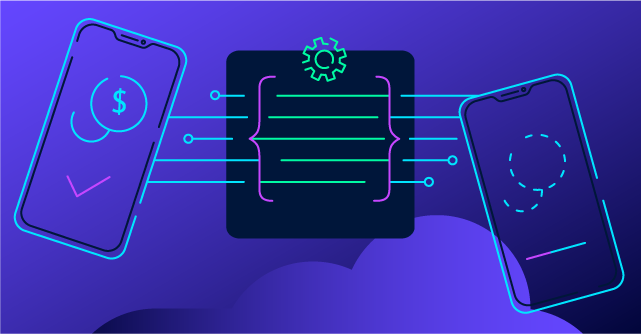APIs are here to stay. They are part of the modern technology world and are used on a day to day basis. They are the kings behind the simplest scenarios, such as delivery services, shopping online, gaming, and so on.
Let’s talk a bit more about them.
What is an API?
An API is the acronym for Application Programming Interface. It’s a software intermediary that makes it possible to connect two applications.
Thanks to APIs, websites or Apps take information from a particular database to interact in certain ways. At the moment, there are around 24,000 APIs registered on ProgrammableWeb and there are over 2 million API repositories on GitHub.
According to the Slashdata Developer Economics Survey 19th edition, nearly 90% of developers are using APIs in some capacity. They break it down even further, finding:
- 69% use third-party APIs
- 20% use internal or private APIs

However, not everyone understands their importance or even how to use them.
Let’s use an example to see how they work: When someone buys movie tickets online, the usual steps are choosing the movie, entering the credit card details and that’s it. The tickets can be printed later.
However, between those steps are APIs connecting the website with the bank, for instance.
Another simple example would be a website that shows the latest Instagram photos, tweets or weather reports on the homepage. This also happens thanks to an API.
In simple words, they are some sort of collaboration that takes place behind the scenes with other applications.
APIs beyond software interactions
APIs are not only used to provide movie tickets, GPS services or connect websites with Apps. They have lots of other purposes.
Nowadays, there is quite a large market that requires the usage of APIs for top-up services. To be more specific, there are more than 5 billion mobile subscribers for a prepaid mobile top-up, especially from emerging countries. These users require a proper top-up network to satisfy their credit needs.
Today, sending load to places like the Philippines, Cuba, and Gana, for instance, is easier, thanks to top-up APIs like Reloadly.
Are top-up APIs really useful?
For the purpose, we just mention, yes. Of course, it is. Reloaldy’s mobile top-up API allows third parties to offer airtime and digital goods through websites and apps. This is possible thanks to a joint effort between a top-up us and developers.
Developers are a key factor in the process of sending loads abroad for prepaid cellphones. Our top-up API can be inserted into websites or apps easily with the right API. With a few lines of code, no contracts required.
It is a new way of connecting and integrating a mobile airtime provider. We suggest you read more about: How can a mobile top-up API help your business growth?
There are currently 600 operators working with our API.
How does a top-up API work?
So far, Reloadly is a pioneer in the market with the concept of TAAS (top-up as a system) that improves the mobile payment market and also sees developers’ needs.
For a developer, it not only is possible to access a toolkit with everything necessary to send airtime instantly through the connection of different platforms but also the service includes the option of managing accounts, view reports, accesses an API token and different features.
[Looking to integrate a top-up API? Reloadly provides a data bundles and airtime top-up API that allows you to integrate with more than 800 operators in more than 170 countries. Directly into your web or app in minutes. Register for free or contact us for more information.]
In conclusion
The rise in demand for a connected world is increasing the importance of the global API industry. APIs can provide valuable business cases and enhance business engagement.
Looking into the trends shaping the future top-up API market, we can say that with the rapid evolution of APIs, developers should watch out for those APIs that enable users to top up their phones in seconds.
Adding a top-up service by integrating with an easy and intuitive API toolkit is an opportunity for any business looking to increase revenue.



